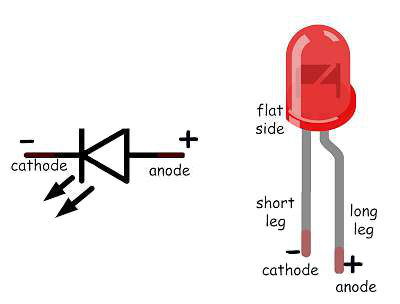

The PAH/solvent system can be varied to optimize it for the material being treated. With the PAH pyrene in tetraethylene glycol dimethyl ether, it was possible to dissolve the active lithium from the anodes almost completely.Īn additional advantage is that the resulting lithium-PAH solutions can be used directly as reagents, for example, in adding lithium to new anodes in preprocessing or in regenerating spent cathodes. Under mild conditions, this redox reaction is controlled and very efficient. Certain PAHs can take up a positively charged lithium ion from the graphite anode together with one electron. The solutions consist of a polycyclic aromatic hydrocarbon (PAH) and an ether as the solvent. Hot Network Questions Is 'You smell like sweat. Representing AC sine wave with common anode/cathode RGB LED. LED Controller + LED Panel with common cathode. Drive a common anode bi color LED using single microcontroller pin. Aprotic substances cannot release any hydrogen ions, so no hydrogen gas can form. Circuit for supporting, common anode AND cathode RGB LED Matrices. Instead of water, they use aprotic organic solutions to recover lithium from anodes. These reactions release large amounts of energy and may produce hydrogen.Ī team led by Yu-Guo Guo and Qinghai Meng at the Institute of Chemistry of the Chinese Academy of Sciences (ICCAS) and the University of Chinese Academy of Sciences (UCAS) has now developed an alternative method that avoids these problems. Because of their high reactivity, however, the risk of fires and explosions is high if the anodes are leached out with aqueous solutions, as is usual. Extraction from the anodes, which consist primarily of graphite, is significantly more efficient and can be carried out without discharging the battery beforehand. However, it then precipitates out together with other metals contained in the cathode and must be painstakingly separated.

Most recycling processes are targeted at extracting the lithium from cathodes (where most of the lithium in discharged batteries is located). The recovery of lithium of a quality high enough to be used again is complicated and expensive. The recycling of LIBs is a difficult undertaking.


 0 kommentar(er)
0 kommentar(er)
